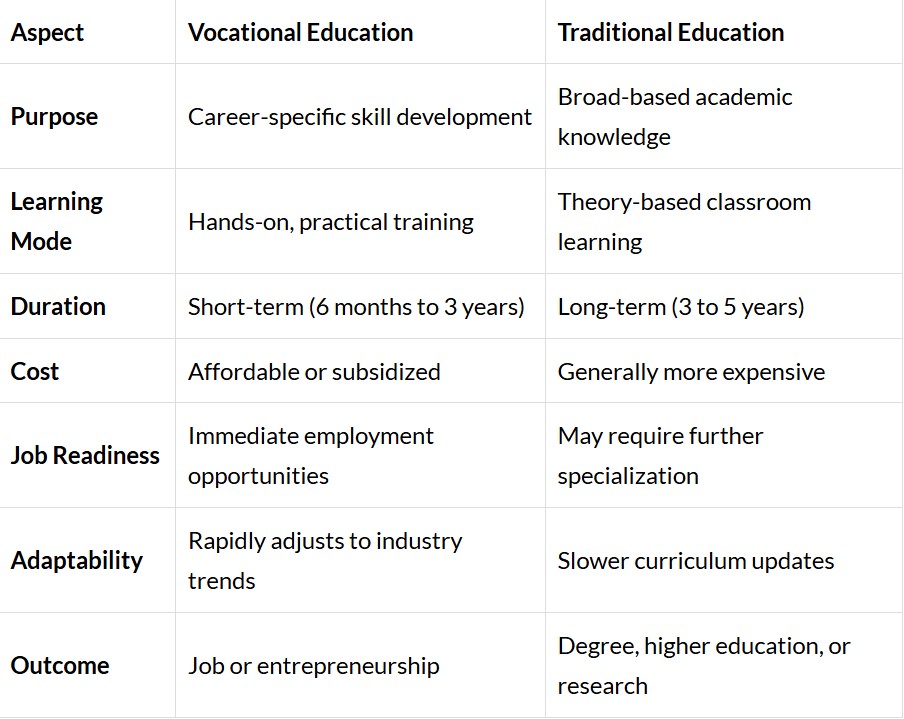Mains: GS II - Issues Relating to Development and Management of Social Sector/Services relating to Health, Education, Human Resources.
Recently, there is a huge decrease in skilled workforce in India due our traditional academic and rote-based education system.

Hanna Velasquez 3 months
The article highlights really well how crucial vocational education is, yet also shows how India’s system is still struggling with major gaps. The lack of early skill-building really stood out to me. Honestly, it made me think how important better preparation is for young people entering the workforce. On a lighter note, I genuinely enjoy playing basketball legends in my free time, since it combines fun with developing quick thinking and strategy.